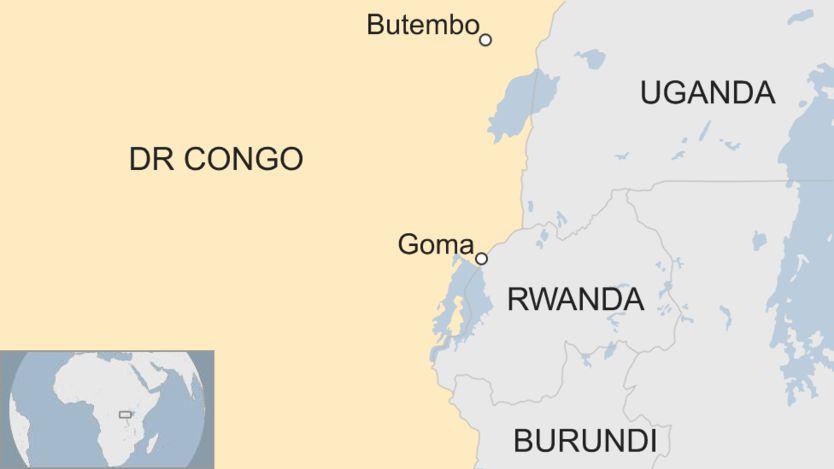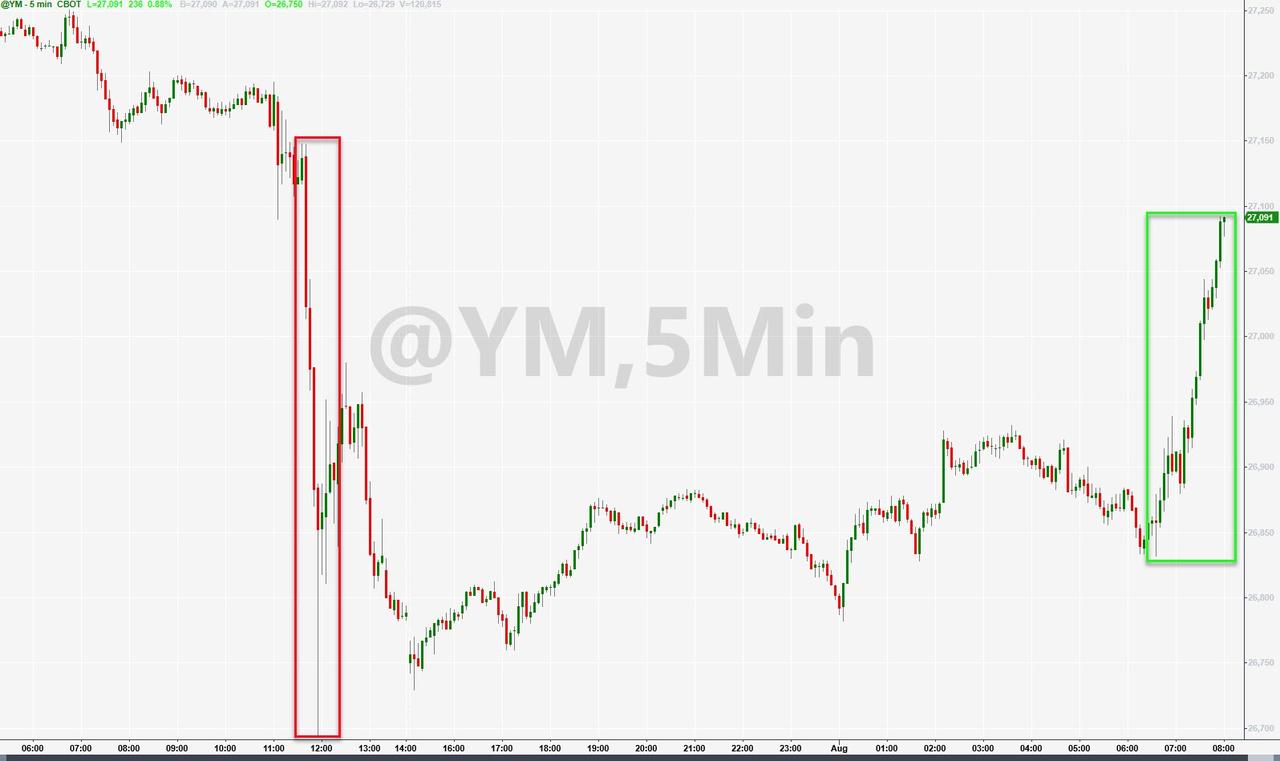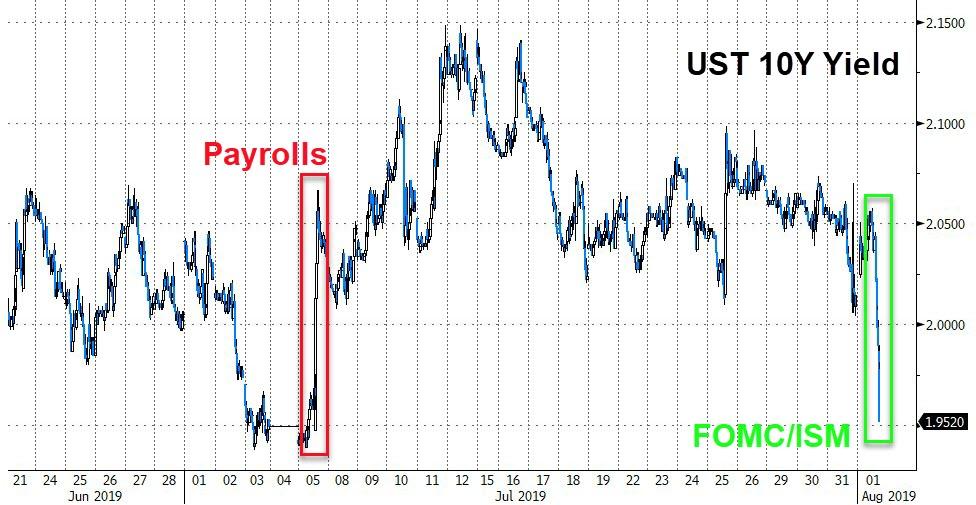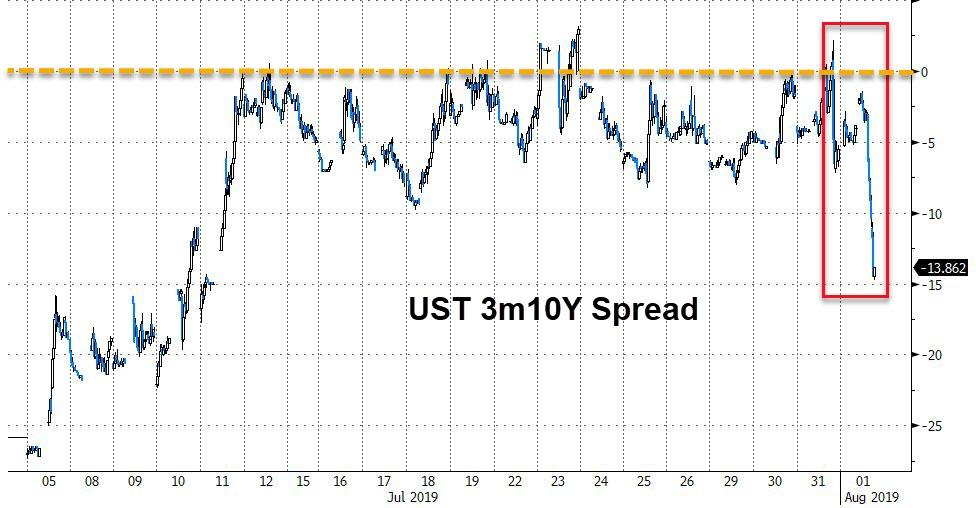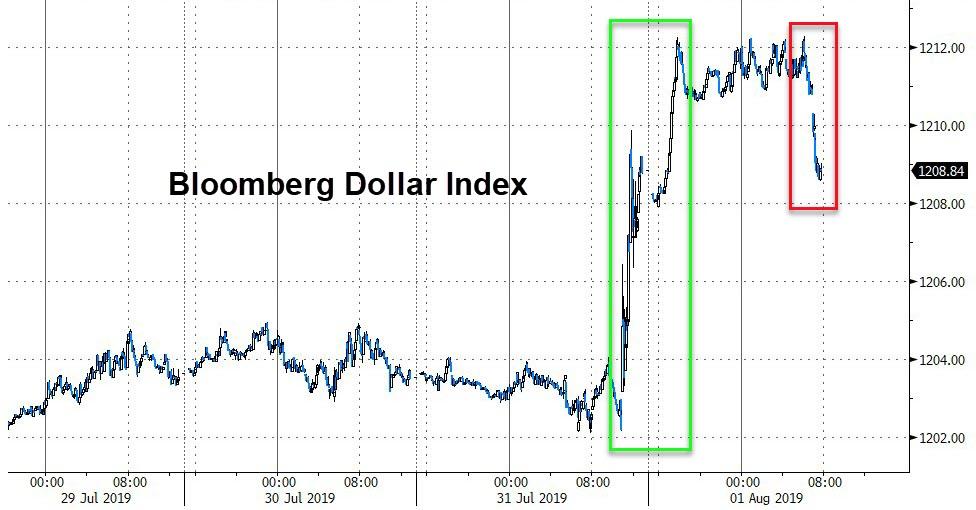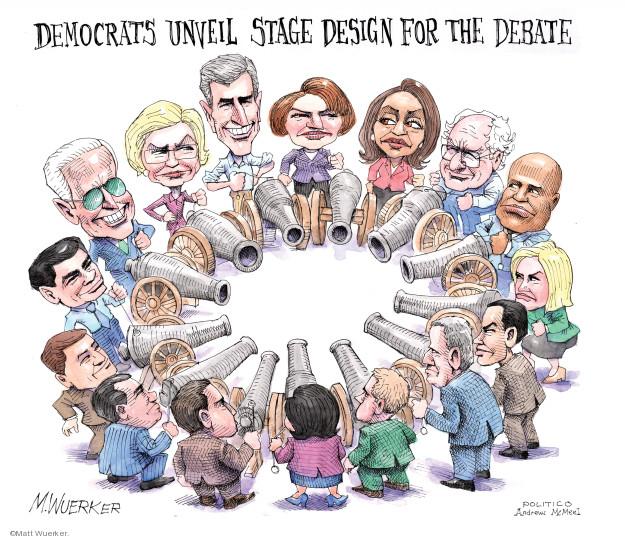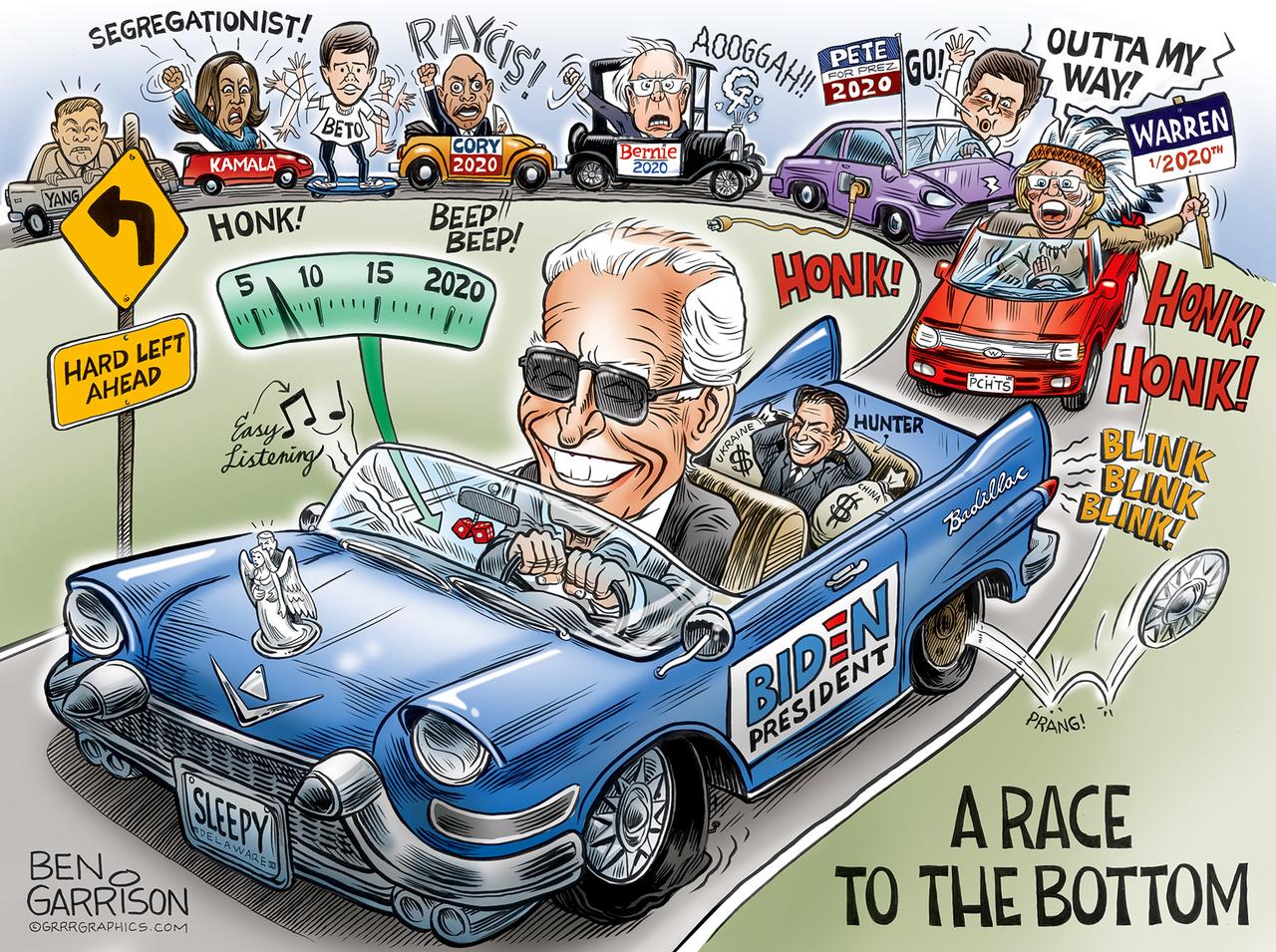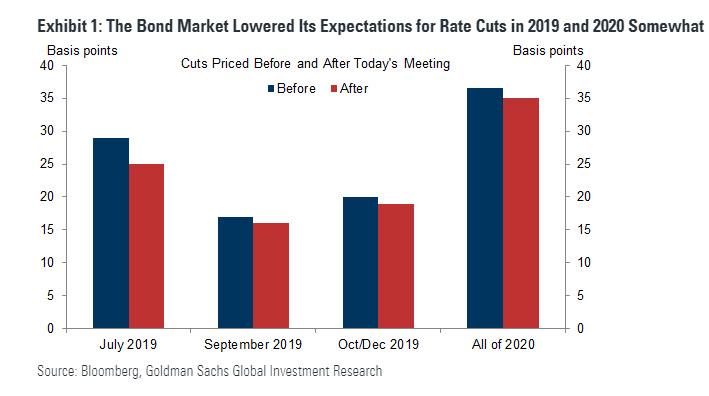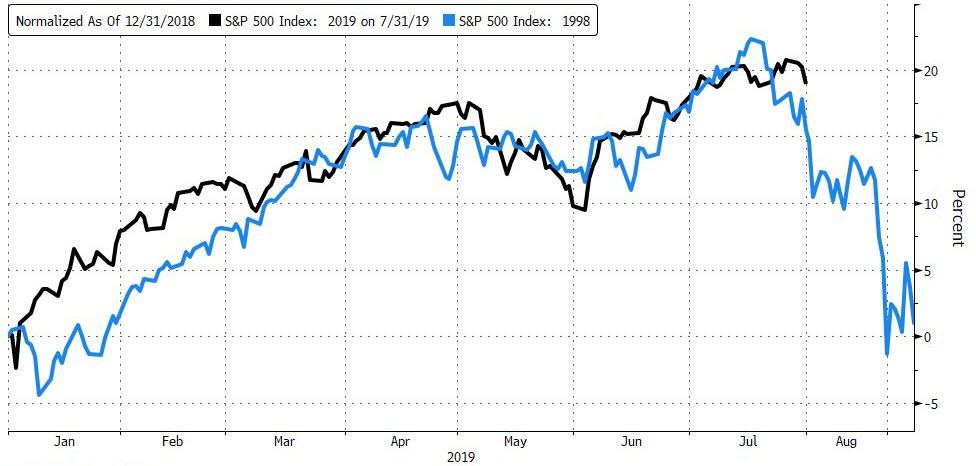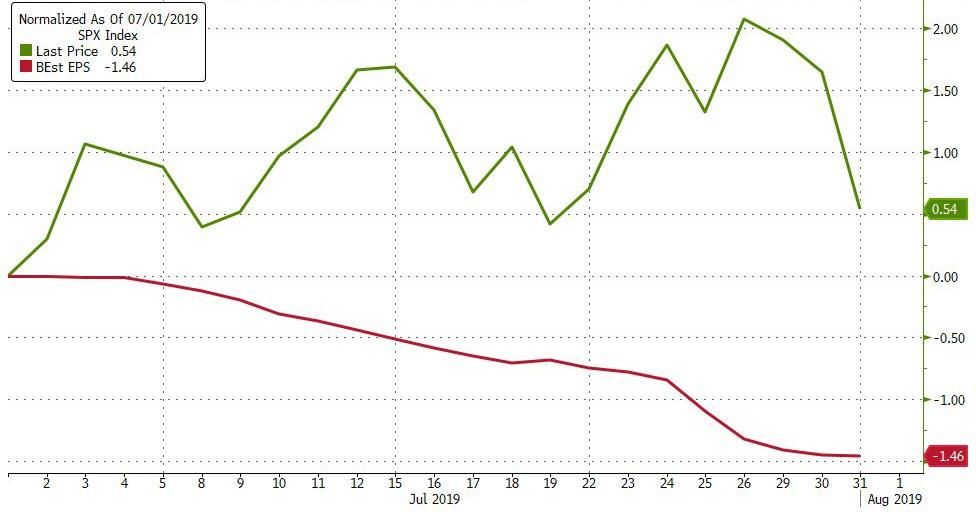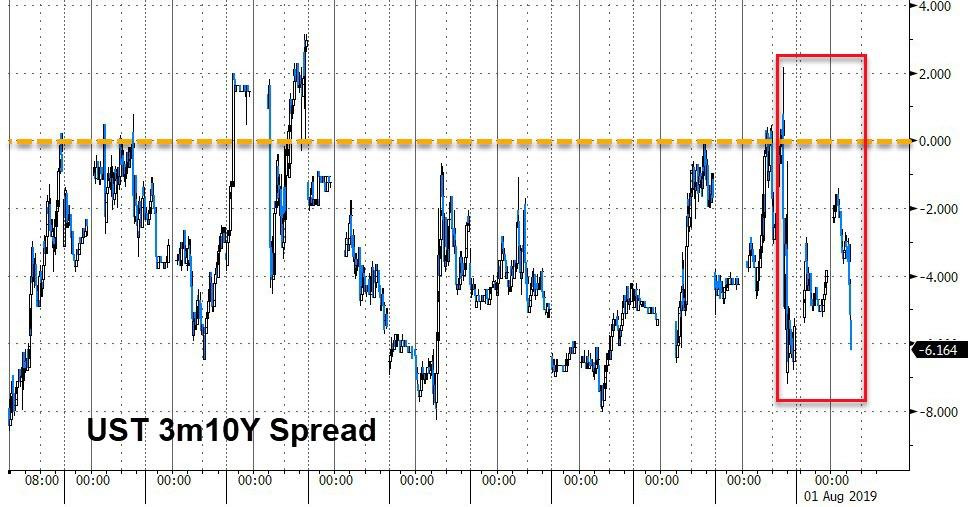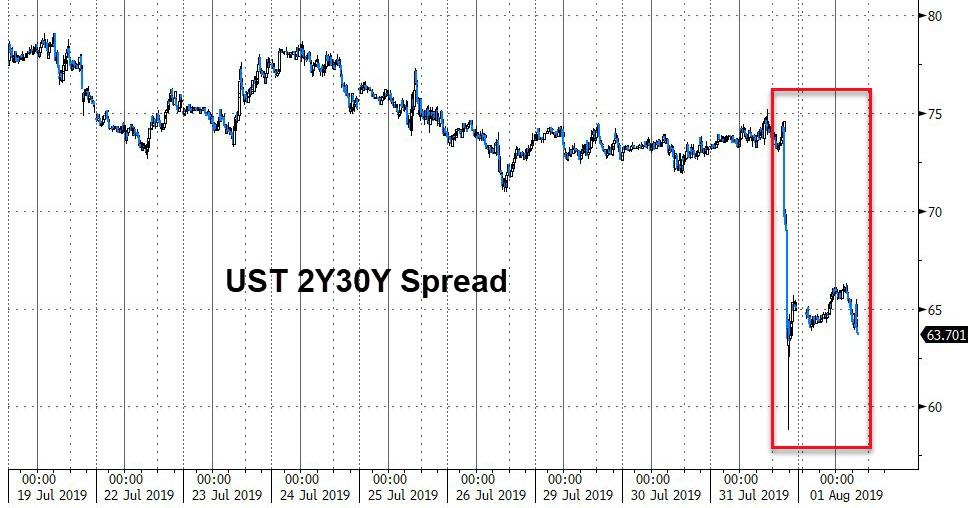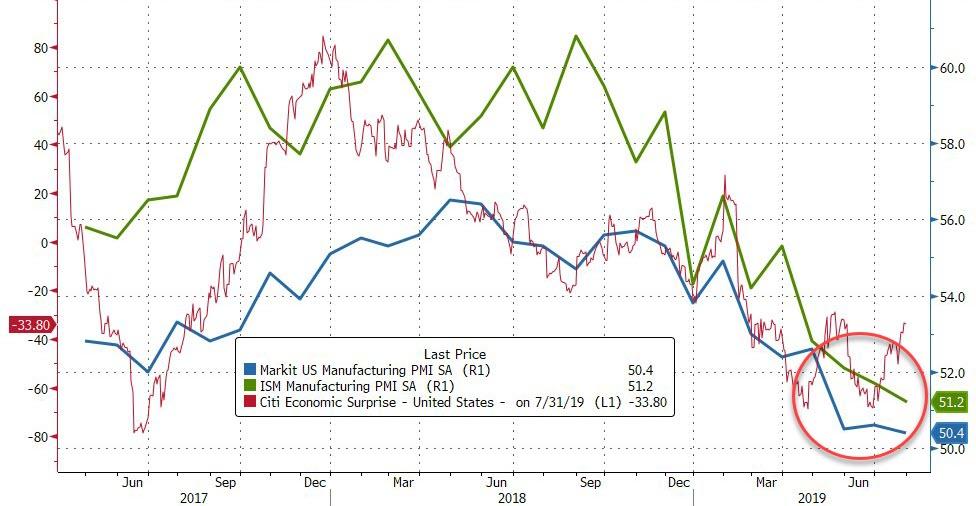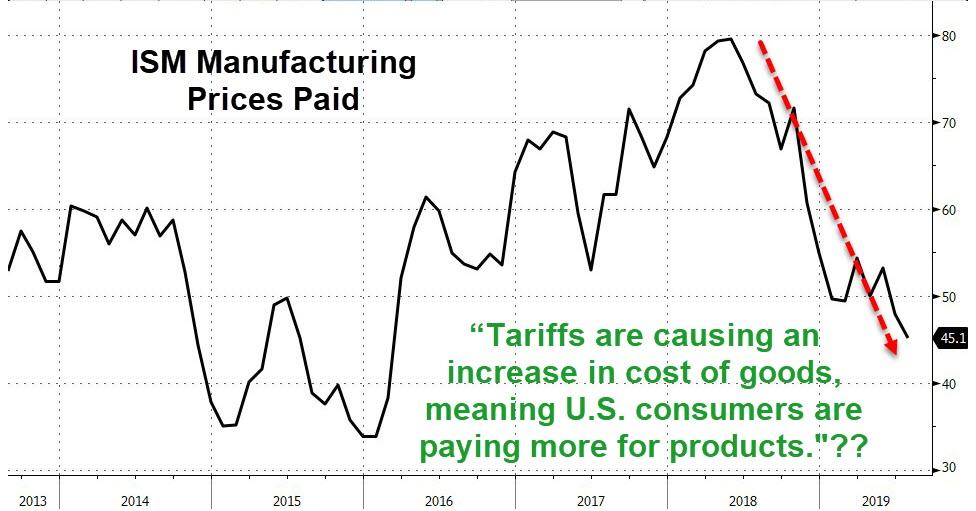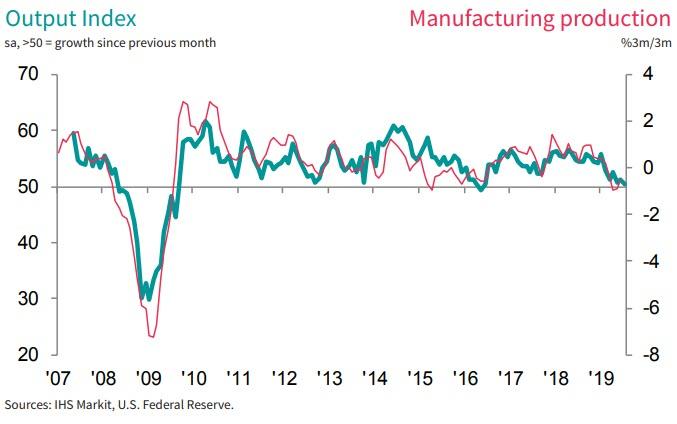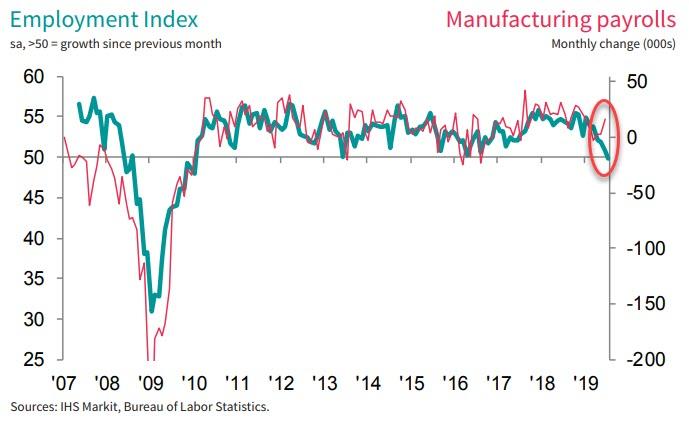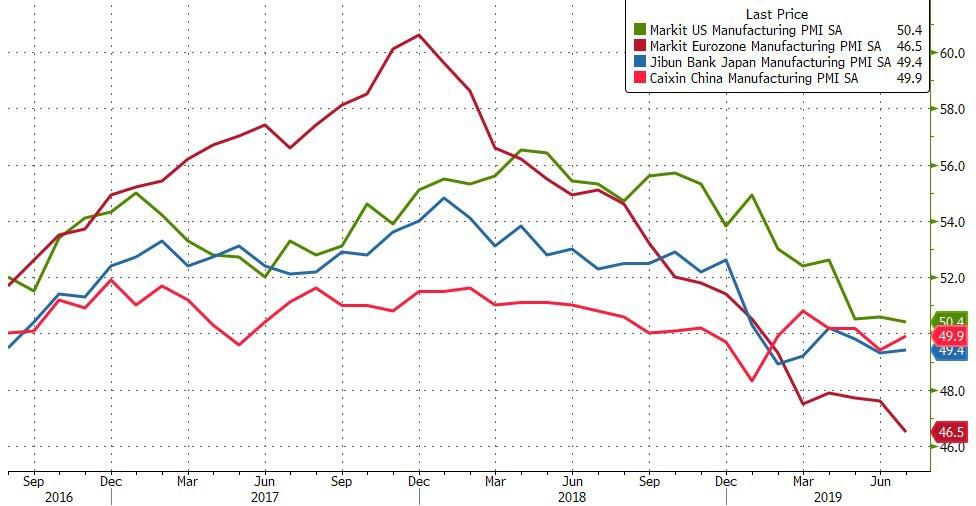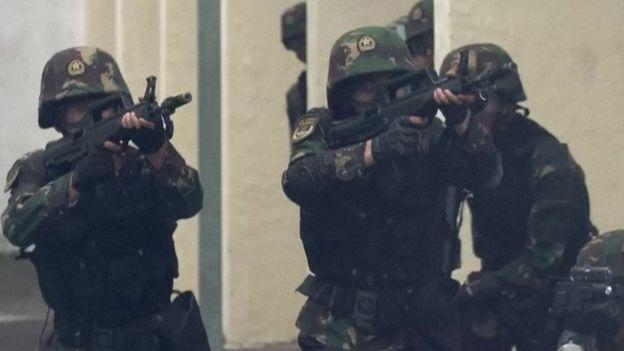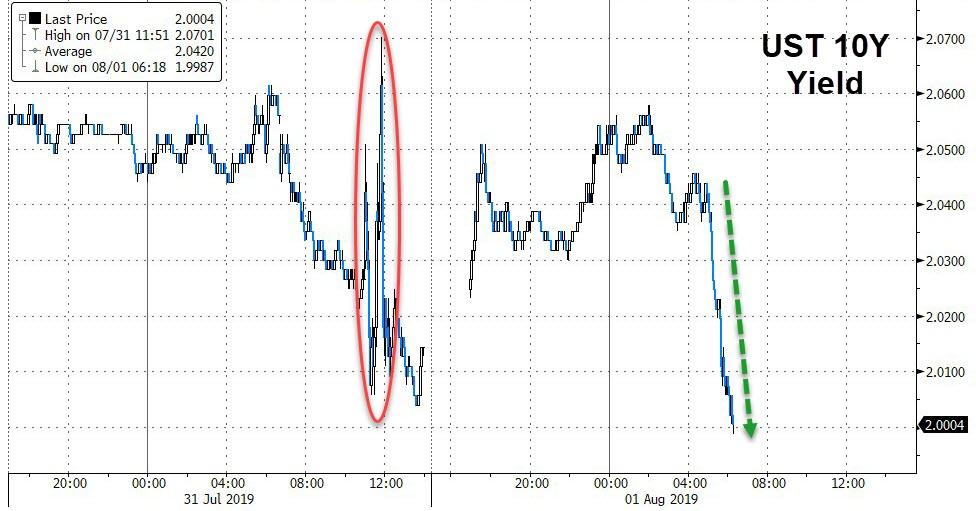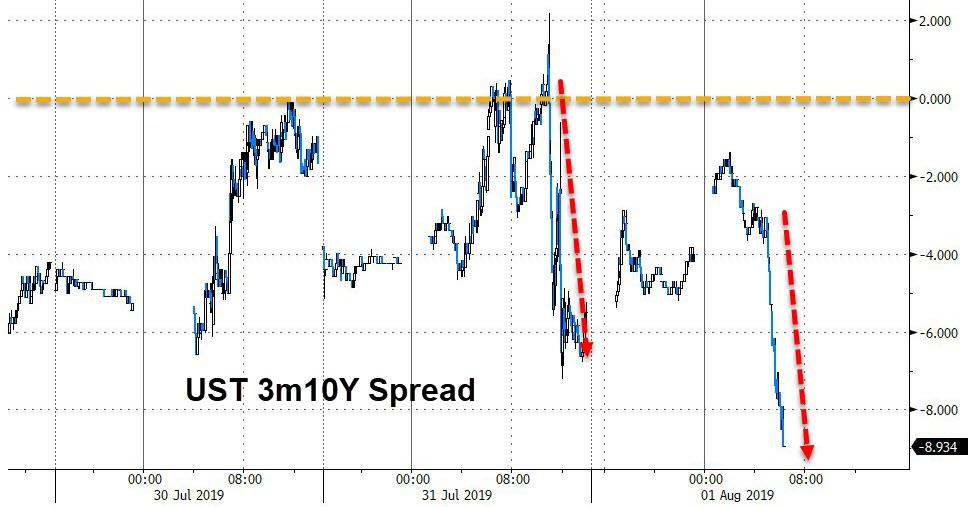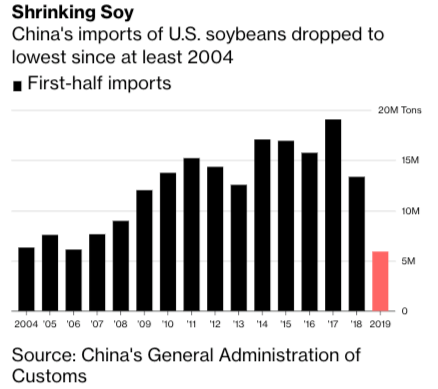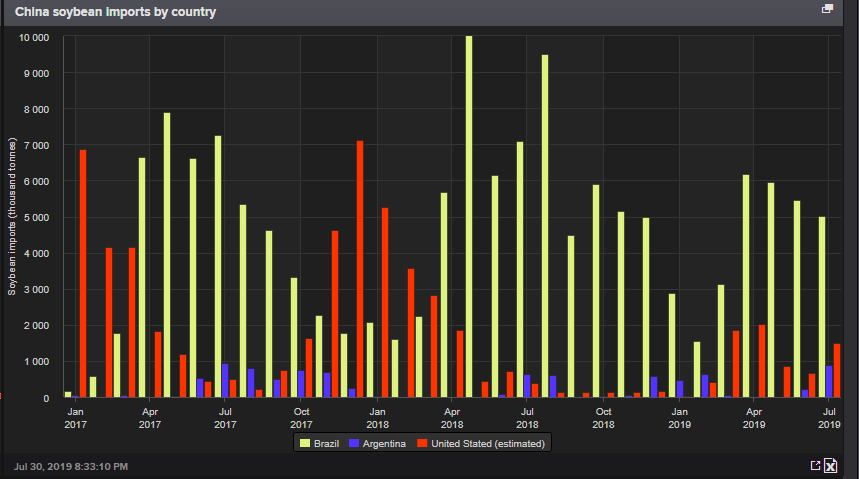Rwanda closed a major part of its border with the Democratic Republic of Congo on Thursday after people died of Ebola amid the second worst outbreak in history. So far the disease has killed more than 1,800 people and sickened over 2,600.

The latest victim died just days after his case was confirmed by medical professionals in the border city of Goma, home to over 2 million people and an international airport, according to officials in Congo.
the Congolese Health Ministry said the 1-year-old daughter of a man who had died of the disease in the border city of Goma had Ebola.
The man was Goma’s second confirmed Ebola case, and he died on Wednesday after spending several days at home with his family while showing symptoms. –NYT
Aside from the two deaths, the 1-year-old girl’s case marks the first known transmission of the disease in the city. The first confirmed case in Goma was a 46-year-old preacher who was able to successfully pass through three checkpoints on his way from Butembo, according to Fox News.
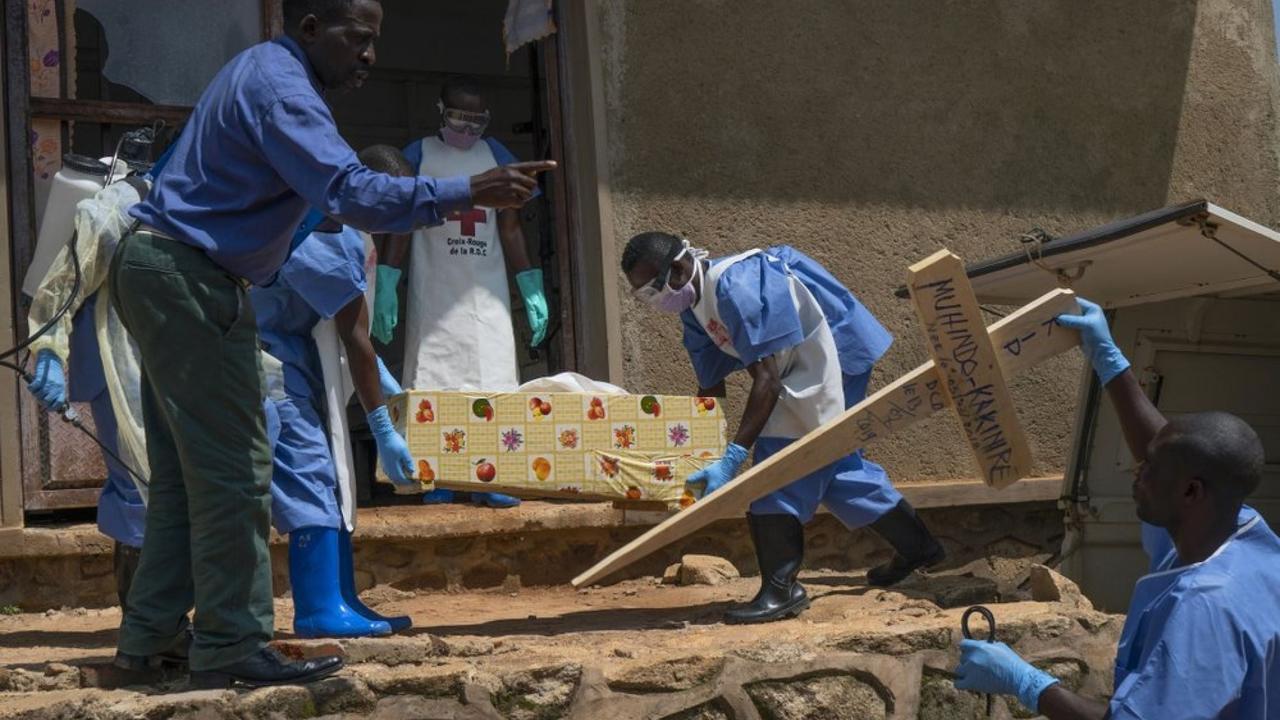
The World Health Organization, meanwhile, has recommended against travel restrictions – however warns that the risk of regional spread is “very high.”
“The challenges to stopping further transmission are indeed considerable. But none are insurmountable,” reads a Wednesday statement from WHO. “And none can be an excuse for not getting the job done.“
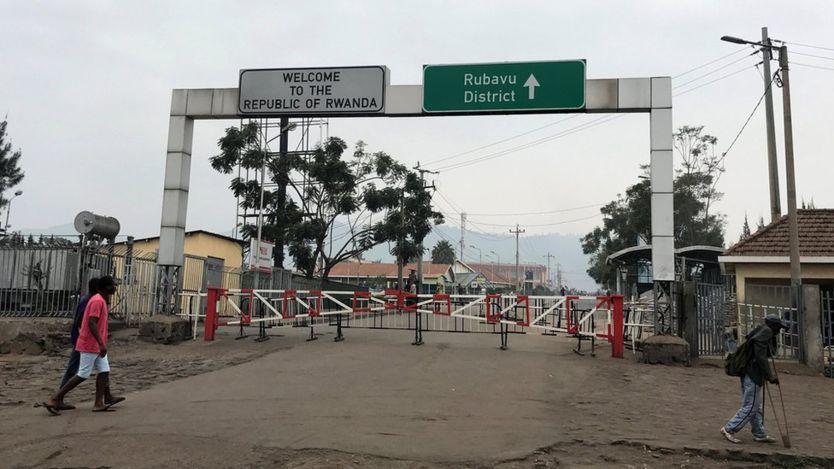
According to the Congolese government, there was a “unilateral decision by the Rwandan authorities” to close the border crossing at Goma, according to the BBC. “The Congolese authorities deplore this decision, which runs counter to the advice of the WHO,” the statement continues.
Last week Saudi Arabia stopped issuing visas to people from the DRC, citing the Ebola outbreak, shortly before the Islamic Republic’s annual pilgrimage this month.
According to Mayor Gilbert Habayarimana of Rubavu district in neighboring western Rwanda, the Goma border was closed “to avoid unnecessary crossings,” adding “We are closely monitoring the situation at Goma, the border can be reopened anytime, when the situation improves.”
Health officials for months feared that an Ebola case would be confirmed in the city. Just days after the first Goma case was confirmed, the World Health Organization (WHO) declared the Ebola outbreak a rare global emergency – the highest level of alarm.
The organization has used such an alarm level only four times in its history, including the Ebola epidemic that took the lives of more than 11,000 people in West Africa between 2014 and 2016.
While the alert prompted a surge of millions of dollars in new pledges by international donors, health workers say a new approach is desperately needed to combat misunderstandings in the community that lead people with Ebola not to seek medical help. –Fox News
Rwandans who regularly cross the border at Goma have also expressed their concerns.
“The closure is terrible for me. My seven children and I get something to eat when I go to Goma for work. Yes, Ebola is a terrible thing, but living is what matters most,” said builder Ernest Mvuyekure, who works in the city.
“I am more afraid of hunger than Ebola, they should not close the border. I would rather die of sickness than of hunger.“
via ZeroHedge News https://ift.tt/2KktRjI Tyler Durden
